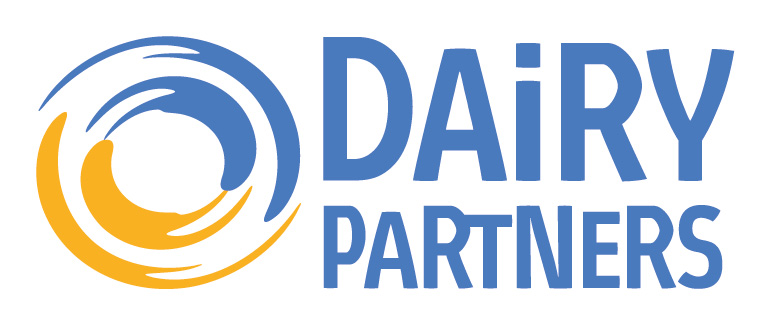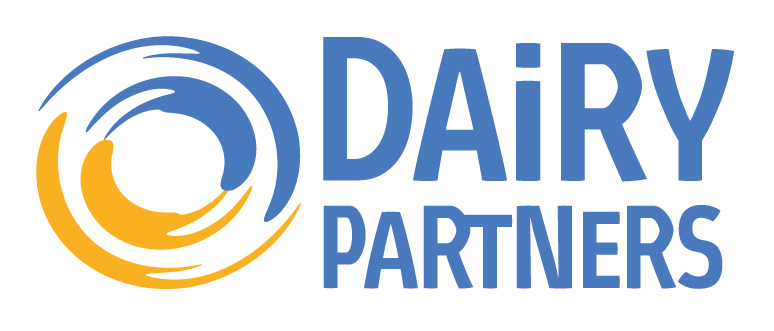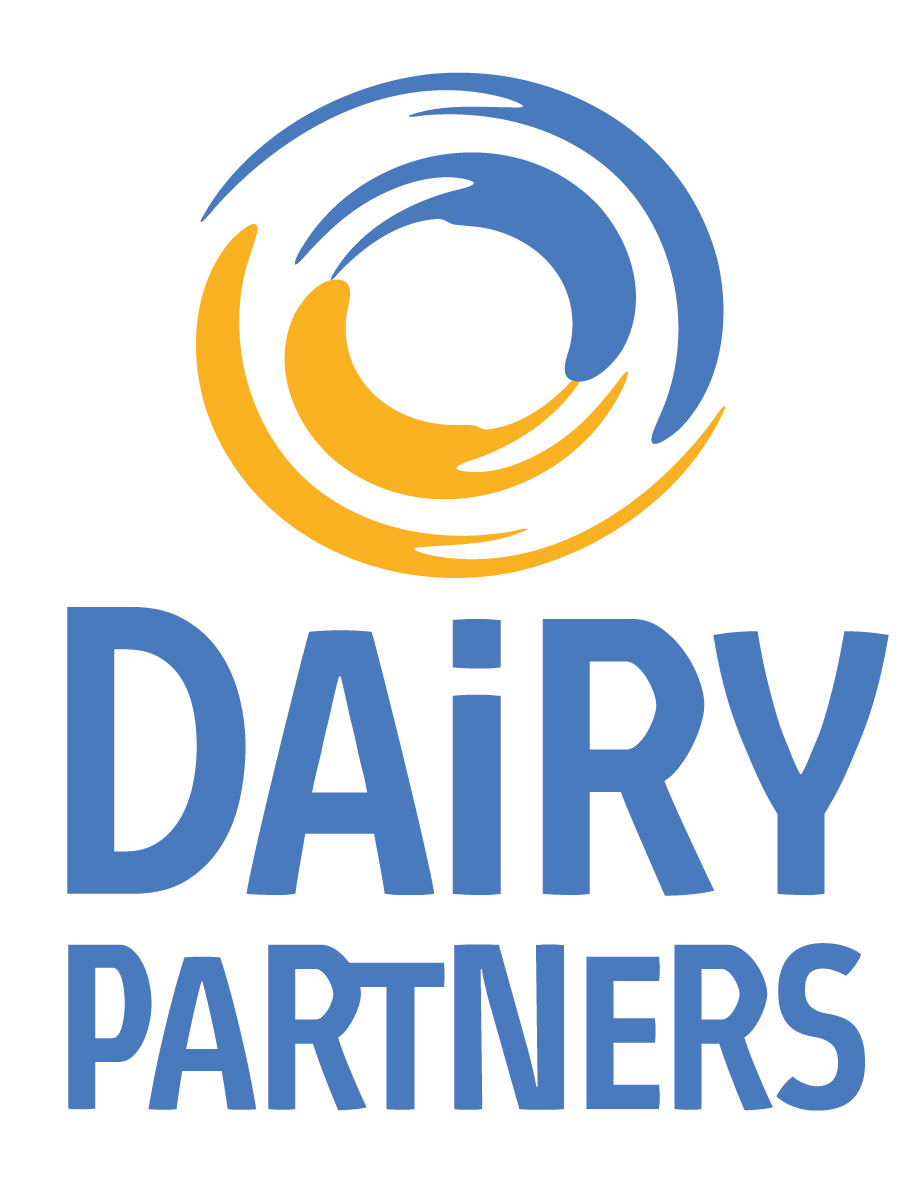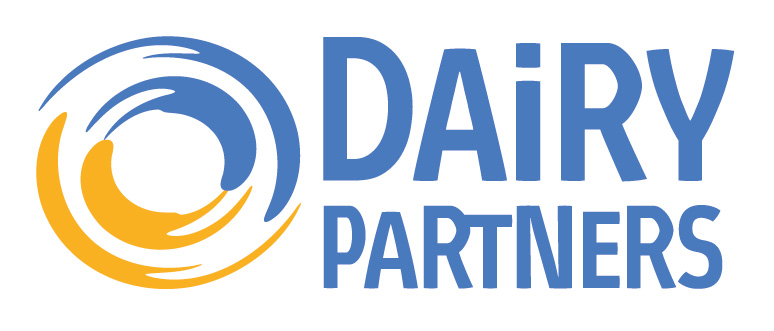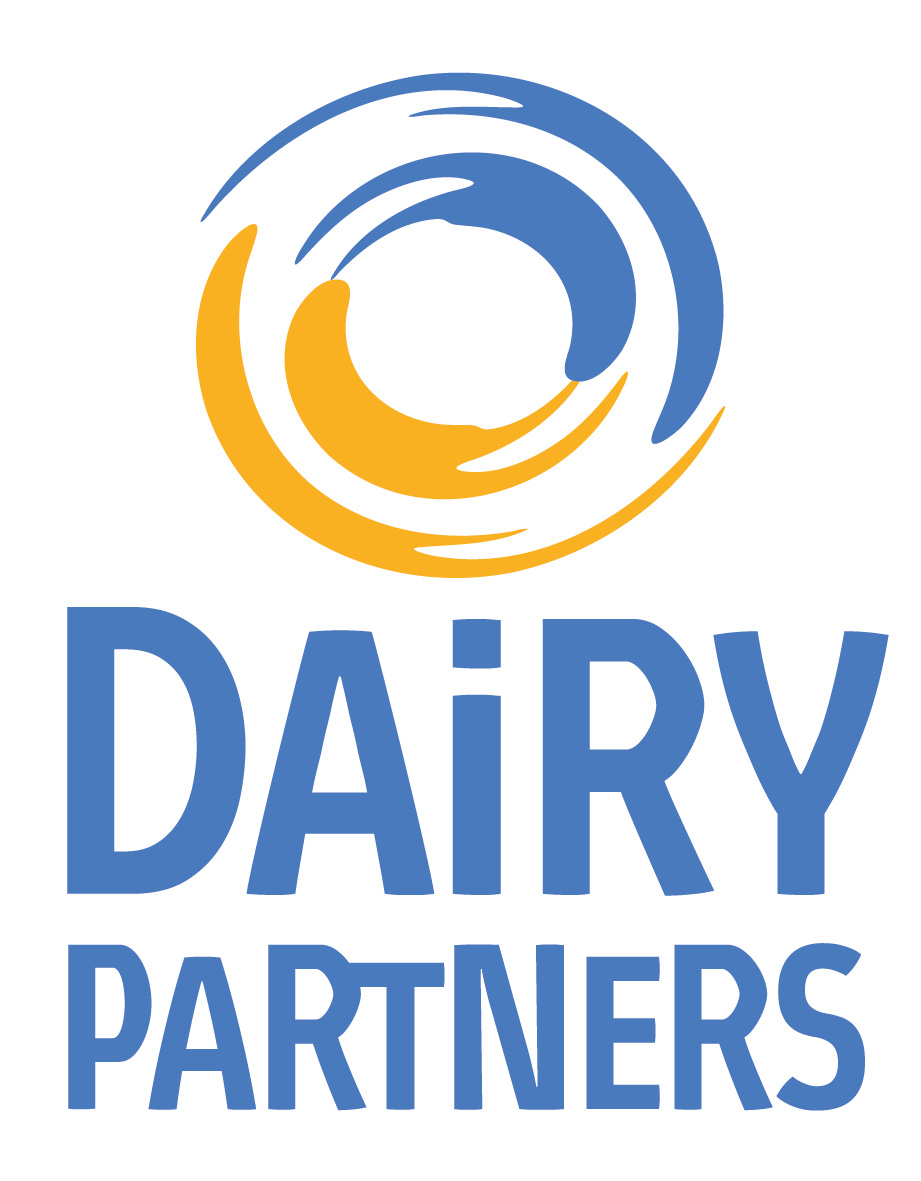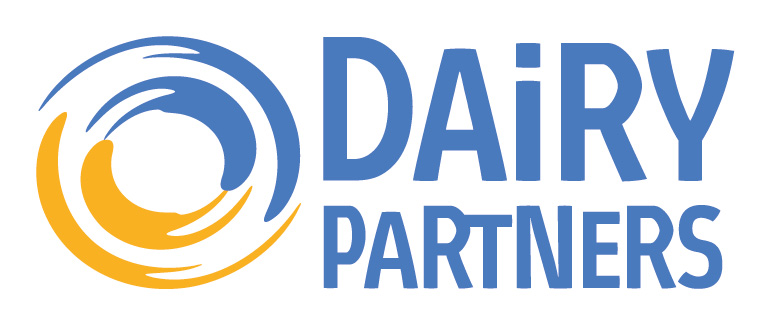Title Page
-
Conducted on
-
Prepared by
-
Location
-
Auditor's signature : I agree with the audit findings
-
Auditee's name
-
Auditee's Job title
-
SOI<br>Systems shall be in place to minimise the risk of purchasing fraudulent or adulterated food raw materials and to ensure that all product descriptions and claims are legal, accurate and verified.
5.4.1 Personel's competence in V.A.C.C.P
-
Where personnel are engaged in vulnerability assessments, the individual or team responsible shall understand potential food fraud risks.
-
This shall include knowledge of raw materials used by the site and the principles of vulnerability assessment.
5.4.2 Sources of information on V.A.C.C.P.
-
The company shall have processes in place to access information on historical and developing threats to the supply chain which may present a risk of adulteration or substitution of raw materials (i.e. fraudulent raw materials).
-
Such information may come from, for example:
-
trade associations
-
government sources
-
private resource centres
-
activities completed for clause 1.1.8.
5.4.3 Documented vulnerability assessment
-
A documented vulnerability assessment shall be carried out on all food raw materials or groups of raw materials to assess the potential risk of adulteration or substitution.
-
This shall take into account:
-
historical evidence of substitution or adulteration
-
economic factors which may make adulteration or substitution more attractive
-
ease of access to raw materials through the supply chain
-
sophistication of routine testing to identify adulterants
-
the nature of the raw material.
-
The output from this assessment shall be a documented vulnerability assessment plan.
-
This plan shall be kept under review to reflect changing economic circumstances and market intelligence which may alter the potential risks.
-
It shall be reviewed annually and whenever there is:
-
a change in raw materials or a supplier of raw materials
-
emergence of a new risk (e.g. known adulteration of an ingredient or developments in scientific information associated with authenticity of the site’s products or raw materials, for example, information obtained as part of clause 1.1.8)
-
following a significant product safety incident (e.g. a product recall) where the authenticity of the site’s products or raw materials is implicated.
5.4.4 Assurance and/or testing processes
-
Where raw materials are identified as being at particular risk of adulteration or substitution, the vulnerability assessment plan shall include appropriate assurance and/or testing processes to mitigate the identified risks.
5.4.5 Pack Claims
-
Where products are labelled or claims are made on finished packs which are dependent on the status of a raw material, the status of each batch of the raw material shall be verified. These claims include:
-
specific provenance or origin
-
breed/varietal claims
-
assured status (e.g. GLOBALG.A.P.)
-
genetically modified organism (GMO) status
-
identity preserved
-
named specific trademarked ingredients.
-
The facility shall maintain purchasing records, traceability of raw material usage and final product packing records to substantiate claims.
-
The site shall undertake documented mass balance tests at a frequency to meet the particular requirements of any scheme it is certificated to, or in the absence of a scheme-specific requirement, at least one mass balance test every 6 months.
5.4.6 Method of production claims
-
Where claims are made about the methods of production (e.g. organic, halal, kosher), the site shall maintain the necessary certification status in order to make such a claim.
5.4.7 Validation of product claims
-
Where a product is designed to enable a claim to be made, the company shall ensure that all claims are substantiated, and product formulation and the production process are fully validated to meet the stated claim and any legal requirements (in the country of intended sale) relating to the claim.
-
The process flow (see clause 2.5.1) for the production of products where claims are made shall be documented and potential areas for contamination or loss of identity identified.
-
Appropriate controls shall be established to ensure the integrity of the product claims.
